Boeing B787 - Flight controls
The primary flight control mode system uses conventional control wheel, column and pedal inputs from the pilot to:
 Boeing
Boeing
Flap position indications are displayed on the primary EICAS display. In primary mode a single vertical indicator displays combined flap and slat position. The position commanded by the flap lever is also displayed. _____ after all flaps and slats are up, the entire indication is no longer displayed.
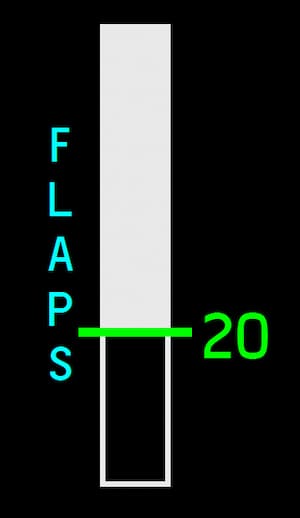
Column cutout - The column cutout function is designed to stop the effects of uncommanded pitch trim input from jammed or failed pitch trim switches. If a nose up or nose down pitch trim command from either the primary or alternate trim switches is opposed by either control column for more than_____, the column cutout function disables the specific pitch trim switch commands until the switch input indicates no trim input.
Alternate Flaps Selector – RET mode is selected. What is the true statement?
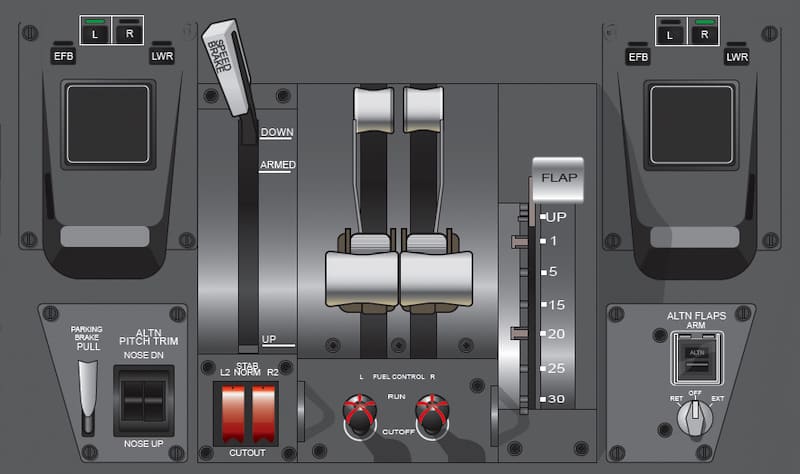
Uncommanded Flap or Slat Motion - If the flap or slat is operating in the primary mode, uncommanded motion first causes an automatic transfer to the secondary mode and the system shuts down. The EICAS caution message FLAPS DRIVE and-or SLATS DRIVE is displayed.
If the flap or slat is operating in the primary mode, uncommanded motion first causes an automatic transfer to the secondary mode: it DOESN’T shutdown immediately The EICAS caution message FLAPS PRIMARY FAIL and-or SLATS PRIMARY FAIL is displayed. If motion continues, the system shuts down. The EICAS caution message FLAPS DRIVE and-or SLATS DRIVE is displayed.
In the normal mode during manual flight (autopilot disengaged), four ACEs (Actuator Control Electronics) receive pilot control inputs and send these signals to ____ PFCs. (Primary Flight Computers).
The PFCs verify these signals and information from other airplane systems to compute enhanced control surface commands. These commands are sent back to the ACEs, then to the flight control surface actuators.
Vertical gust suppression enhances ride quality in the presence of vertical gusts and turbulence. It utilizes symmetric deflection of the flaperons and elevators to alleviate gust acceleration. This function is active:
The flaperons are located between the inboard and outboard flaps on both wings. In the normal mode, they are used for roll control with the flaps either retracted or extended. The flaperons also droop with the trailing edge flaps to improve slow speed performance.

During low speed flight, the ailerons operate to augment roll control.
After landing, three different automatic flight control self-tests are scheduled. After the second series of tests are complete, and both engines are shut down and PMG power is off, a third series of self-tests are run. These tests take approximately _____ to complete.
Primary Flight Computers - AUTO can be reselected to attempt restoration of secondary or normal mode operation.
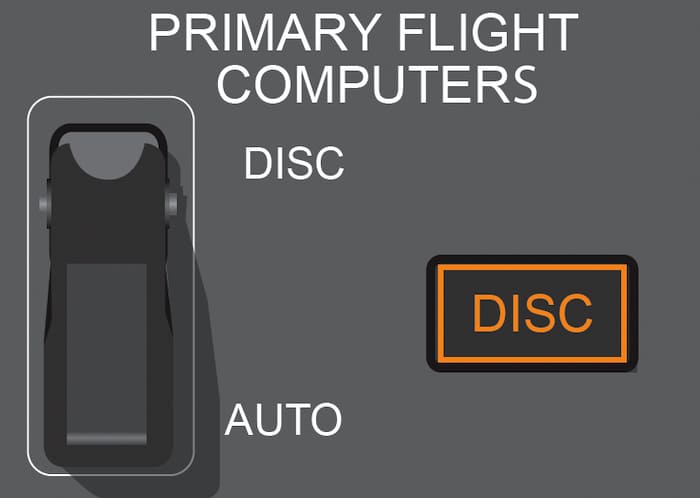
Advertisement
The EICAS caution message FLIGHT CONTROLS is displayed if:
Cruise flaps is an automated function that improves the airplane’s cruise performance in flight by symmetrically moving the _____based on airplane parameters such as weight, airspeed and altitude.
Cruise flaps optimizes performance in cruise by varying the camber of the wing and thus reducing drag.
Cruise flaps is an automated function that improves the airplane’s cruise performance in flight by varying the camber of the wing and thus reducing drag. Control surface movements are minor, and no pilot interaction is required.
After landing, three different automatic flight control self-tests are scheduled. After the first series of tests are complete, and all hydraulic systems are depressurized, a second series of flight control self-tests are run. These tests take approximately:
Uncommanded Flap or Slat Motion - Uncommanded motion is detected when the flaps or slats:
The autopilot is only available during normal mode operation.
In the normal flight control mode and while airborne, rotating the RUDDER Trim Selector disables the transfer of any steady state lateral control to the rudder. This can cause increased drag and fuel consumption for the remainder of the flight.
Stabilizer Trim System – According to this indication:
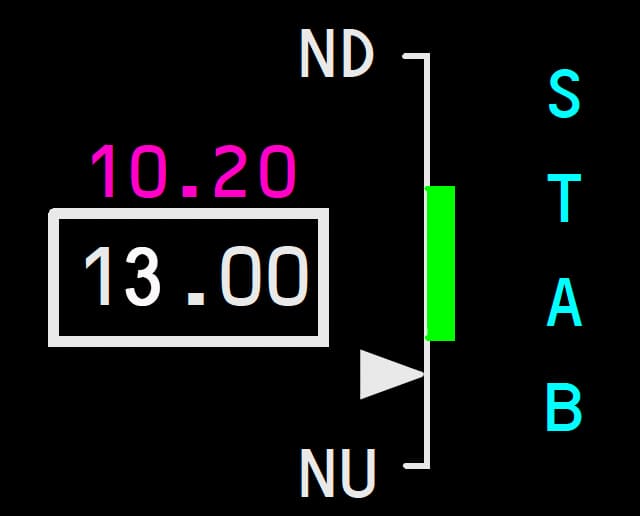
Pitch Envelope Protection (Stall Protection) - Stall protection reduces the likelihood of inadvertently exceeding the stall angle of attack by providing enhanced crew awareness of the approach to a stall or to a stalled condition. Stall protection limits the speed to which the airplane can be trimmed. The trim reference speed is limited by inhibiting trim in the _____ when the airplane slows to a speed where maneuver margin is limited.
RUDDER TRIM Indicator - When the rudder trim is inoperative:
Advertisement
RUDDER TRIM Indicator - When the rudder signal is present but data is invalid, the digital readout, left/right indication and pointer are not shown on the rudder position indicator.
When the rudder signal is NOT PRESENT OR IS INVALID, the digital readout, left/right indication and pointer are not shown on the rudder position indicator.
Primary Flight Computers – The DISC amber light is illuminated. What does it mean?
Alternate Flaps Arm (ALTN FLAPS ARM) Switch – When pushed (ALTN displayed), the asymmetry/skew and uncommanded motion protection, slat autogap, and flap/slat load relief are still available.

In this case the asymmetry/skew and uncommanded motion protection, slat autogap, and flap/slat load relief are NOT available.
During reverse thrust asymmetry conditions, or during takeoffs in crosswind or gusty conditions, the flight control system attempts to maintain a zero-yaw rate by automatically adding rudder corrections. Under these conditions the rudder pedals move in relation to the required correction.
Under these conditions the rudder pedals do not move.
Elevator Variable Feel - The PFCs calculate feel commands based on airspeed. In general, control column forces increase: as airspeed increases for a given column displacement, or as column displacement increases.
Column cutout - If the column cutout function remains active for more than_____, i.e. the trim switch remains jammed or failed, the STABILIZER L2 - R2 EICAS advisory is displayed, and the uncommanded input is removed by system shutdown.
After landing, three different automatic flight control self-tests are scheduled. While each series of tests are running, various EICAS alert and status messages display, and various failures display on the flight controls synoptic page. When the self-tests are complete, the EICAS alert and status messages are removed, and the synoptic display returns to normal.
RUDDER Trim Selector - The rudder pedals move with rudder trim operation.
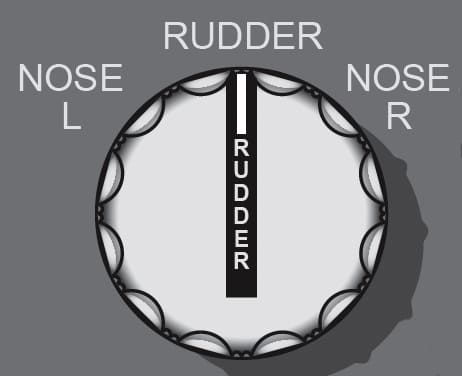
Cruise flaps is an automated function that improves the airplane’s cruise performance in flight by varying the camber of the wing and thus reducing drag. Control surface movements are minor, and no pilot interaction is required.
Primary Pitch Trim Control - In the normal mode, primary pitch trim operates differently on the ground than it does in flight. On the ground, the stabilizer is directly positioned when the pilot uses the pitch trim switches. In flight, the pitch trim switches do not position the stabilizer directly but make inputs to the PFCs to change the trim reference speed. The trim reference speed is:
Once the control column forces are trimmed to zero, the airplane maintains a constant speed with no column inputs. Thrust changes result in a relatively constant indicated airspeed climb or descent, with no trim inputs needed unless airspeed changes.
Advertisement
In the normal flight control mode and during flight, rotating the RUDDER Trim Selector disables the transfer of any steady state lateral control to the rudder. This can cause increased drag and fuel consumption for the remainder of the flight.

Flap and Slat Asymmetry Detection - In _____ the flap and slat systems are designed to shutdown when a skew condition or asymmetric deployment is detected.
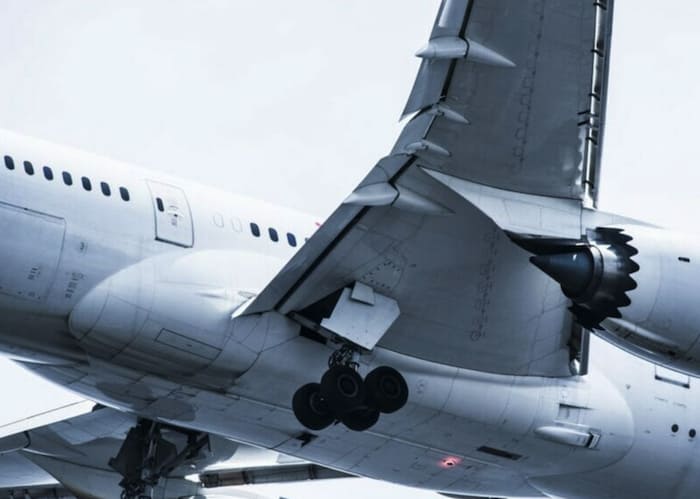
When the system is shutdown, the corresponding EICAS caution message FLAPS DRIVE and-or SLATS DRIVE is annunciated.
Primary Flight Computers switch - What is the function of the AUTO selection?

Yaw control is provided by a single rudder. During takeoff, the rudder becomes aerodynamically effective at approximately _____
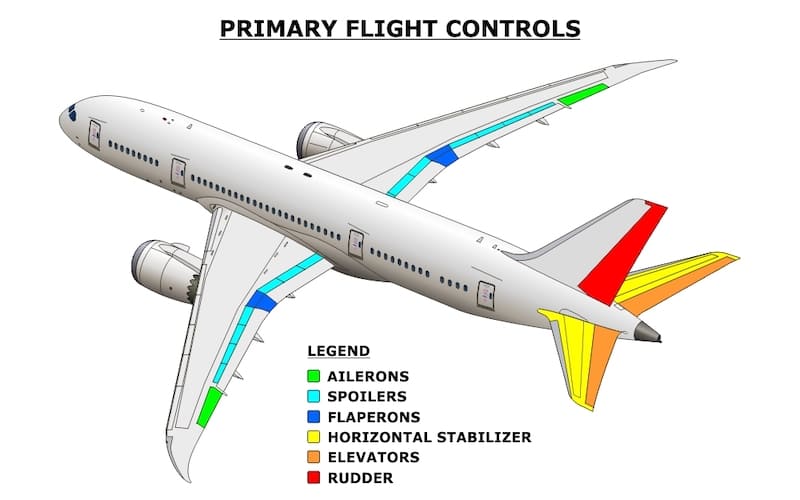
The flaps and slats sequence so that the slats extend first and retract last.
The Stabilizer (STAB) Cutout Switches are selected to the NORM position.
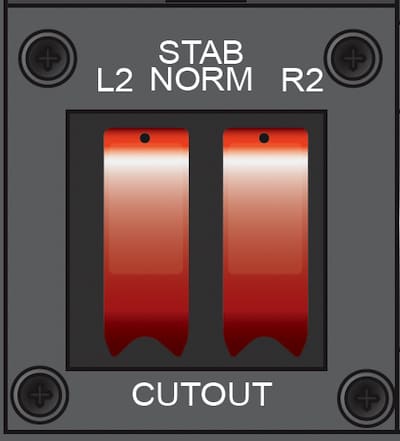
Alternate Pitch Trim – Alternate pitch trim commands have priority over primary pitch trim commands in all flight control modes.
The autodrag function operates by deflecting the ailerons upward and raising _____, while maintaining airspeed, to assist in glideslope/glidepath capture when the airplane is on or above the vertical path.
Autodrag is only available in the normal mode.
The stabilizer green band monitor is part of the crew alerting function and helps confirm that the green band displayed on the stabilizer position indicator is correct for the actual takeoff weight and CG, based on the gross weight and CG entries in the FMC.
The EICAS advisory message STAB GREENBAND is displayed if computed green band disagrees with pressure transducer data, or:
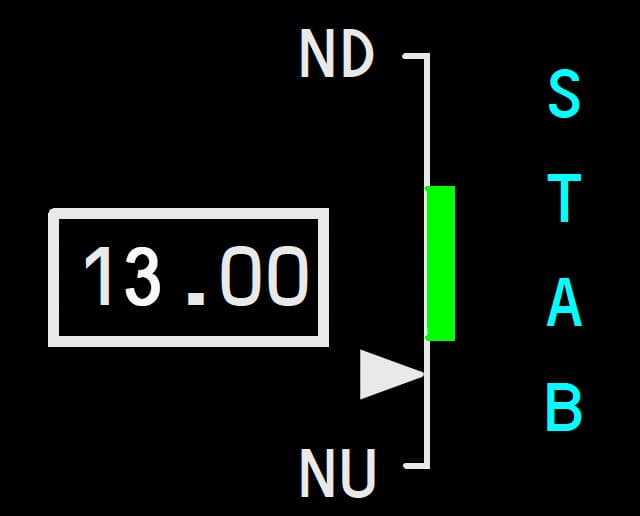
Advertisement
Stabilizer Trim System – According to this indication:

Flap or Slat Disagree – What is the true statement?
Note: If the flap or slat is operating in the primary mode, and the rate of motion is less than half the normal rate, an automatic transfer to the secondary mode occurs.
Flap Indications - In the alternate mode, the position commanded by the flap lever is replaced by flap position index marks at all flap and slat positions, and numbers at_____. The index marks are used as a guide to position the flaps to the desired setting.
Primary Flight Computers switch - What is the function of the DISC selection?

The ailerons are locked out at high speeds. Aileron trim is incorporated into the flight control laws and no pilot input is required.
Flap Indications - If flap-slat control is in the secondary or alternate mode, or if any non–normal condition is detected, an expanded flap indication is displayed automatically.

The position of the left and right flaps and slats are separately indicated.
Stabilizer Trim System – According to this indication:
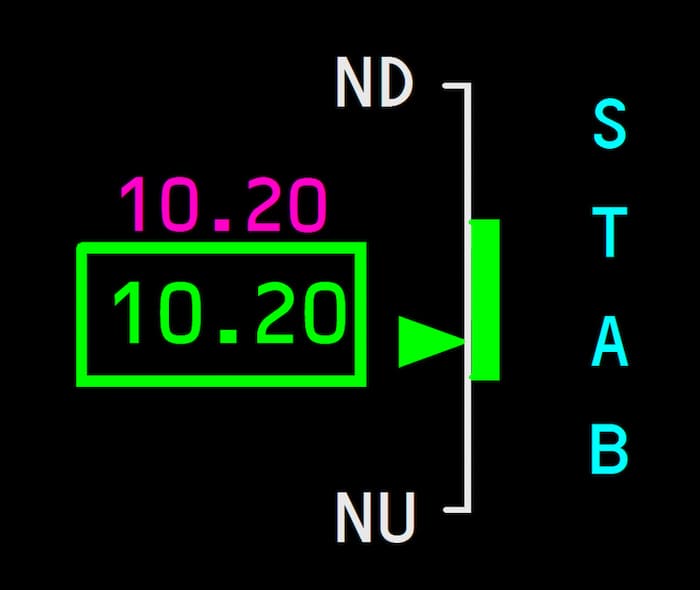
When the control wheel is rotated to the left or right, it deflects:
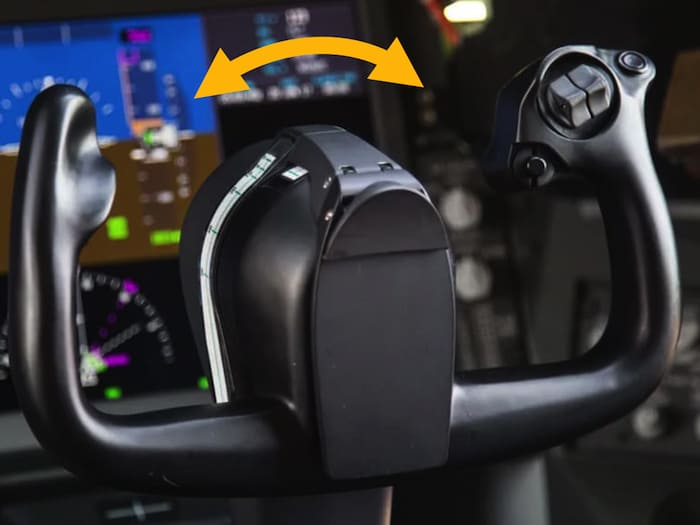
The ACEs (Actuator Control Electronics) can transmit pilot control inputs directly to the control surfaces, or they can send the pilot inputs to the PFCs (Primary Flight Computers). When the ACEs are sending pilot inputs to the PFCs, the ACEs receive control commands back from the PFCs and use the commands to position the flight control surfaces.
In the primary mode, the flap load relief system protects the flaps from excessive air loads. If flap airspeed placard limits are exceeded with the flaps in the _____. LOAD RELIEF is displayed and the flaps automatically retract to a safe position appropriate to the airspeed.
Load relief retraction is limited to flaps 5. When airspeed is reduced, the flaps automatically re–extend as airspeed allows. Re–extension is limited to the commanded flap position.
Advertisement
Pitch Envelope Protection (Stall Protection) - The trim inhibit speed is approximately the minimum maneuvering speed (top of the amber band) at lower altitudes, and can be _____ than the top of the amber band at higher altitudes.
The pilot must apply continuous aft column pressure, at higher than normal force, to maintain airspeed below trim inhibit speed.
Flap Lever – What is the true statement?

Bank angle protection reduces the likelihood of exceeding the bank angle boundary due to external disturbances, system failures, or inappropriate pilot action. Bank angle protection provides roll control wheel inputs when airplane bank angle exceeds the bank angle protection boundary of approximately:
If the boundary is exceeded, the control wheel force rolls the airplane back within 30 degrees of bank. This roll command can be overridden by the pilot. Maximum control wheel deflection always commands maximum roll authority. The autopilot disengage bar disables bank angle protection.
Pitch Envelope Protection (Overspeed Protection) - Overspeed protection reduces the likelihood of inadvertently exceeding VMO or MMO by providing enhanced crew awareness of the approach to an overspeed condition. Overspeed protection limits the speed to which the airplane can be trimmed. At VMO/MMO, the trim reference speed is limited by inhibiting trim in the:
The pilot must apply continuous forward column pressure, at twice the normal force, to maintain airspeed above VMO/MMO.
The flaperons and ailerons provide roll control, assisted by symmetric spoilers.
The flaperons and ailerons provide roll control, assisted by asymmetric spoilers.
The flaps and slats are high lift devices that increase wing lift and decrease stall speed during takeoff, approach, and landing. The B787 has an inboard and an outboard flap on the trailing edge of each wing, and one inboard and _____ outboard slats on the leading edge.
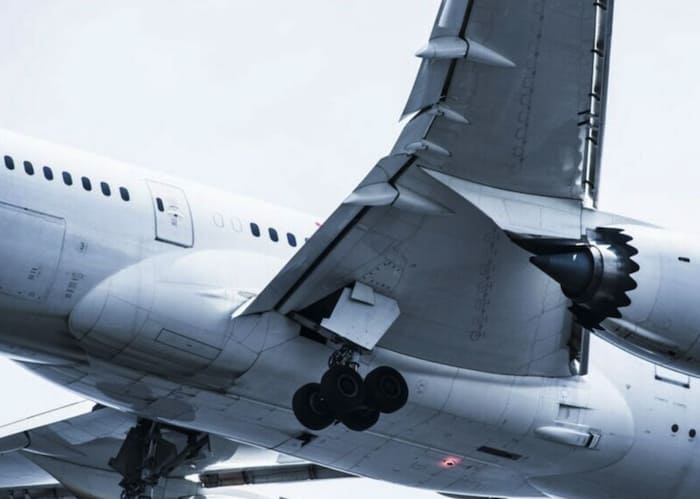
Stabilizer position is displayed on EICAS and on the flight controls synoptic. The EICAS stabilizer position indication includes a takeoff green band. The indication on the synoptic is constantly displayed. The EICAS indication is displayed on the ground at power-up and blanks when either of the following conditions are satisfied:
Vertical and lateral gust suppression are only available in the normal mode.
Pitch Trim Switches are spring-loaded to neutral. In the air, if both switches are pushed in normal mode:
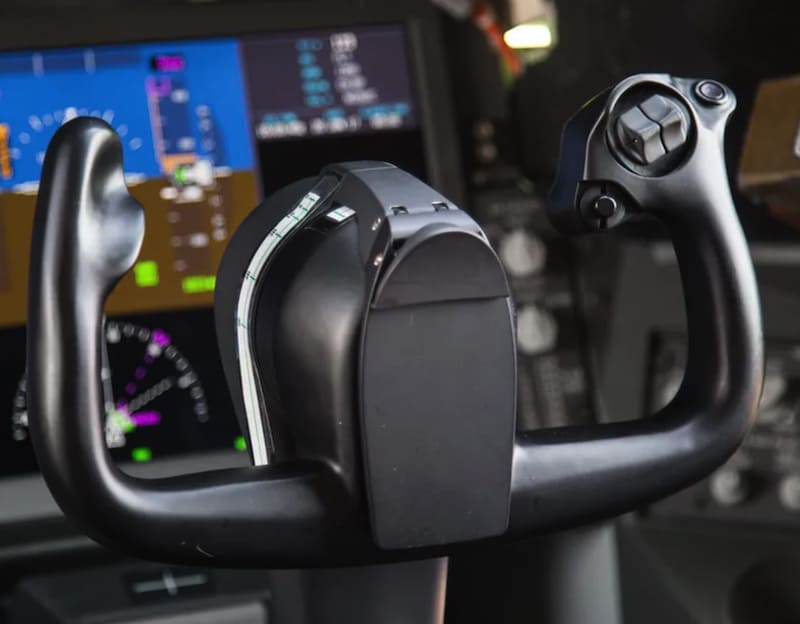
Alternate Flaps Arm (ALTN FLAPS ARM) Switch – When pushed (ALTN displayed), the flap lever is inoperative.

Advertisement
Alternate Flaps Selector – EXT mode is selected. What is the true statement?

Roll control is provided by:

The speedbrake lever allows:

Roll envelope bank angle protection is not available in the secondary or direct modes.
Alternate Pitch Trim – The switches are linked electrically to the horizontal stabilizer trim actuator and to the stabilizer.
The switches are linked electrically to the horizontal stabilizer trim actuator and then mechanically to the stabilizer.
The primary flight control mode is highly redundant with three operating modes:
 Boeing
Boeing
In normal mode, if both stabilizer channels automatically shut down or fail, the EICAS warning message STABILIZER is displayed. This warning is also displayed if automatic shutdown fails to stop the uncommanded motion.
In the normal mode, when the stabilizer is manually shut down or has failed, pitch trim is still available through the elevators
Flap Lever – What is the true statement?

In the secondary or direct modes, primary pitch trim operates the same on the ground and in flight; the stabilizer is directly positioned when the pilot uses the primary pitch trim switches.
The columns, wheels, and rudder pedals are connected through jam override mechanisms. If a jam occurs in a column, wheel, or rudder pedals the pilots can maintain control by applying force to the other column, wheel, or rudder pedals to overcome the jam.
Advertisement
Stabilizer Trim System – According to this indication:

If there is a complete loss of flight control signaling, direct wiring from the flight deck to the stabilizer and a spoiler pair allow pilot control of pitch and roll using the control wheel.
 Boeing
Boeing
If there is a complete loss of flight control signaling, direct wiring from the flight deck to the stabilizer and a spoiler pair allow pilot control of pitch using the alternate pitch trim switches and roll using the control wheel.
Flap Indications - A loss of position sensing removes the tape fill and flap lever position indications.
After landing, a series of flight control self-tests are started. These tests require the flaps and speedbrakes to be retracted and all hydraulic power to be on. To ensure this first series of self-tests is properly completed, the hydraulic power should not be interrupted and:
If the engines are shutdown before the flaps are retracted, these tests are not accomplished.
When the control column is pushed or pulled in the secondary and direct modes:
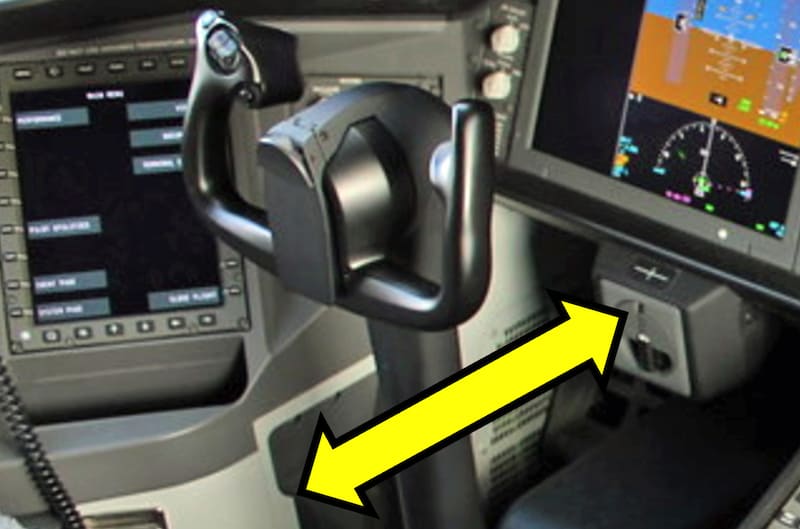
When the autopilot is engaged, the autopilot system sends control surface commands to the PFCs. The PFCs generate control surface commands which are sent to the ACEs (Actuator Control Electronics) and then to the control surface actuators.
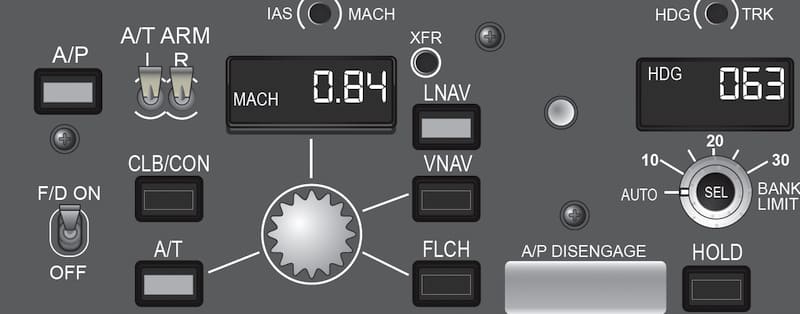
The autopilot backdrives the pilot controls to provide awareness of what the autopilot is doing. If the pilot overrides the autopilot with control inputs, the autopilot disconnects and the flight control system uses the pilot control inputs.
Column cutout is only available in the normal mode and is not active while on the ground to allow trimming nose down stabilizer with aft column input during a touch-and-go.
Note : Column cutout is only available in the normal and secondary modes and is not active while on the ground to allow trimming nose down stabilizer with aft column input during a touch-and-go.
After landing, a series of flight control self-tests are started. These tests require the flaps and speedbrakes to be retracted and all hydraulic power to be on. The first series of self-tests begin once the groundspeed is less than _____
This will continue for approximately 90 seconds.
Tail Strike Protection – During takeoff or landing, the PFCs calculate if a tail strike is imminent and decrease elevator deflection, if required, to reduce the potential for tail contact with the ground. Activation of tail strike protection does not provide feedback to the control column. It is deactivated during an Autoland.
Protection does not degrade takeoff performance and is compatible with the autoland system. The pilot can override the tail strike protection, if necessary, with continued column input.
The Stabilizer (STAB) Cutout Switches are selected to the CUTOUT position.

